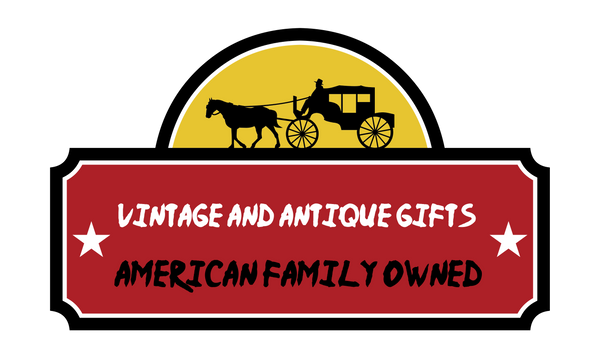Nostalgic Magic of American Dime Stores Unveiled
As a child, I cherished visits to the dime store, captivated by their charm and mystique. Known for their affordability and variety, dime stores, also called five-and-ten-cent stores, played a significant role in U.S. retail history. In 1879, Frank Woolworth opened his first five-and-dime store in Utica, New York, marking the beginning of a revolution in retail.
These stores catered to European immigrants and rural Americans, offering a plethora of merchandise at accessible prices. From toys to sewing supplies, china to shoes, dime stores stocked essentials that were within reach for many Americans, solidifying their place in retail culture.
By 1913, Woolworth's empire boasted over 500 stores nationwide, with the grand opening of its monumental headquarters in New York City. These stores became synonymous with affordable shopping, providing a wide range of goods to the masses.
A memorable aspect of these stores was the lunch counter, where in 1960, the Woolworth location in Greensboro, NC, gained global attention during a sit-in by black patrons demanding service. Today, a piece of that counter rests in the Smithsonian Museum.
Despite their popularity, changing shopping habits and evolving retail formats led to the decline of dime stores by the early 1990s. While they may seem like relics of the past, their influence on American retail is undeniable.
The dime store model inspired the growth of chain stores and served as a vital outlet for mass-manufactured goods. Their simplicity and charm created a unique shopping experience that left a lasting impact.
In many ways, the spirit of the dime store lives on in dollar stores today. Though lacking the same allure, they continue to offer an array of budget-friendly products accessible to all.
Dime stores and five-and-tens hold a special place in American retail history, providing affordable goods to diverse communities and driving innovation in the industry.
